SEVERAL Australian dairy regions sit in the most fire-prone areas in the world so now is a good time for farmers to plan and prepare for fire threat. A written plan will help people remember the key steps that need to be followed to protect them, their family, livestock, property and livelihood. Gippsland’s dairyfarmers shared their experiences after the 2009 bushfires with Dairy Australia and the Victorian Country Fire Authority (CFA). Their practical tips are included in the free ‘Prepare your dairy farm for fire threat’ toolkit, available online at .
A step-by-step video provides a guide of the toolkit and can be viewed on the Dairy Australia website, the dairy industry’s social networking site or the CFA website.
At the start of the fire season, think about how to check the local fire situation. Is it possible to make it someone’s responsibility to check the fire danger ratings daily?
On high-risk fire days it could be well worth taking the time to:
•move livestock to a refuge paddock – preferably a green summer crop or a heavily grazed area surrounded by a roadway or farm tracks;
•run a disc around the main farm buildings to create a bare soil break;
•rehearse the alternative sources of power available – is it worth sourcing a generator to use (just in case), and think about not just milking but cooling needs also;
•mark the milking herd – a quick task that will make milking less stressful if milkers and young stock are mixed when moved to one refuge paddock;
•check if the water pump is working – is fuel for it stored safely?
More detailed ideas that could be considered to boost fire preparedness are outlined below.
Fuel reduction: Slash and spray along fences, clear general farm rubbish and debris regularly, and maintain three-metre slashed or mown fuel breaks around sheds and houses. Grassfires can spread rapidly, tend to start earlier in the day and often catch people off guard. While less intense than a forest fire, the radiant heat from a grassfire can kill anyone caught out in the open. Dried-out grass more than 10 centimetres tall is a high risk, although some grasses will burn when green – for example, phalaris.
Ongoing power supply is a real priority for all dairy farm businesses. Plan how milking and cooling would be done in a prolonged period without electricity. Does everyone on-farm know who to call to borrow or hire a generator? Is wiring in the milking shed ready for a generator? If the business owner is off-farm, who else has been trained to use the tractor power-take-off (PTO) or hydraulics to drive the vacuum and milk pumps? Have they ever practised on their own?
Store hay in more than one place, stack to allow airflow, keep an inventory and consider taking photos (up-to-date evidence can support any claims after an event). The number of haystack fires has increased in recent years so watch for signs that hay is starting to heat and maintain fuel breaks around haystacks.
Ensure good access for emergency services. How easily identifiable is the property? Is the property name and number clearly visible from both directions at the entrance, and what about from the air (in flood-prone areas, could it be worth painting an identification number of symbol on the shed roof)?
It can be stressful to calculate fencing losses or replacement fencing needs on the spot. Record the approximate length of fencing on the property, especially the outer perimeter, in the fire plan and on the computer and/or phone.
Make an inventory of valuable assets, including machinery (stock, feed and fencing) and support the written list with photographs.
Check the wording of insurance policies and ensure it provides sufficient cover. Think about what other actions would help if a claim was made – for example, photographs and invoices.
Consider shareholder/leasing agreements. Have emergency scenarios been discussed with owner(s)? Try not to leave it until after a fire or other incident to make sure everyone understands the expectations and shareholder/leasing contractual conditions around ongoing rental payments, if normal business is disrupted.
Be prepared to act quickly. Keep important farm records, contracts and documents in a safe place or together as part of a relocation kit. The Dairy Australia toolkit provides space to keep important contact numbers (family, neighbours, vets, stock agents and insurance) in an easy-to-access place. Have essentials for the family packed and ready to go, including medications, photos, valuables and bottled water.
While thinking about fire preparedness, consider other natural disasters such as storms, high winds and flooding. Spending a few minutes checking the questions on Dairy Australia’s emergency checklist may be well worth the time spent.
Source : The Australian Dairy Farmer





